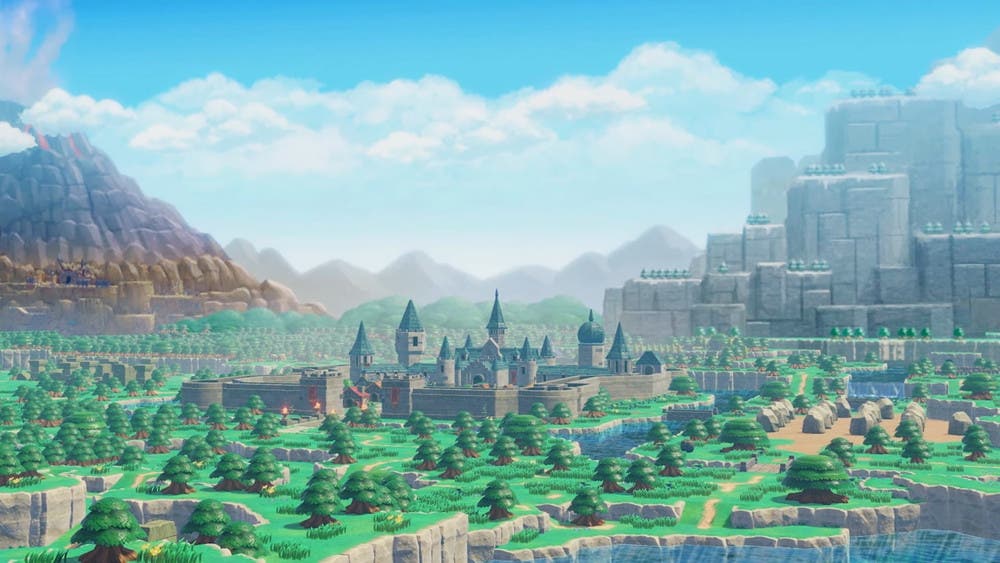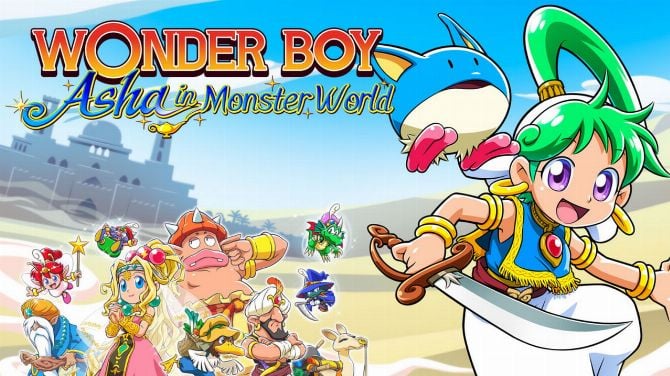We do love a good retro infodump here at Nintendo Life, and the latest is a podcast interview between Ben Hanson from the MinnMax Show and legendary game developer Giles Goddard. We reported on the interview earlier in the week, in fact, but the full show (above) featured so many intriguing titbits that we wanted to explore them in a little more detail.
Goddard is the man responsible for programming the big Mario face at the start of Super Mario 64, porting Alex’s beloved Doshin the Giant over to GameCube, and being one of the lead programmers on 1080° Snowboarding and Steel Diver. He was also on the team that made that Zelda 64 demo, and was one of the very, very few Western game developers during the early days of the notoriously insular Nintendo. All that, and the man’s only 50!

In the interview, Goddard spoke about Nintendo now versus how it used to be — “they’re a very different company now,” he told Hanson. “They do very different games entirely.” When asked if he’d ever work with them again, he said that it wouldn’t be the same — they would only be a publisher in future, because they don’t do second or third-party games in-house any more.
When Goddard worked at Nintendo, he was part of the EAD department — Entertainment Analysis and Development — who would mess around with weird and wacky ideas until something stuck. This try-it-and-see approach is, of course, what brings us the kind of creative projects that Nintendo is known for, but Goddard said that “it can be frustrating” to never know which projects would succeed. “But it’s how Nintendo make their games,” he acknowledged.

Next to the research team that Goddard was a part of was the team making Super Mario 64 — and it’s this office set-up that led to one strange, lucky accident. Goddard was messing around with something called inverse kinematics (a procedural animation technique), as well as bones and skin (in 3D modelling, not real life), and Shigeru Miyamoto (Principal Director on SM64 and General Manager of Nintendo EAD) walked past.
Goddard said that Miyamoto took one look at the weird stuff that Goddard was doing, and said, “oh, that’s cool — let’s put it in the game.” Those strange coincidences gave us the malleable Mario face at the start of Super Mario 64.
Likewise, the Zelda 64 demo — which was an entirely fabricated scene of a 3D Link fighting a shiny metal knight — was the consequence of this strange culture of collaboration. Nintendo h ad announced the game, and “they wanted to show they had a game there, even though they had nothing,” Goddard says. His team were asked to knock up a demo to show off the new tech — floating real-time lights, particle effects, and environment mapping — something to demonstrate what it could
Goddard even off-handedly mentions Ocarina of Time’s first prototype, which didn’t make it into the game, including portals — yes, like the portals from Portal
Goddard formed his own studio in 2002, which used to be called Vitei but was rebranded last year to Chuhai Labs. He says he wants to do things differently as a studio boss. “I know you can argue that… that’s what it takes to make those kind of games,” he says, “but I think there’s also a healthier way of making games.” He wants to “treat [his fellow workers] like adults” in Chuhai. “They’re your biggest assets.” Nintendo, he says, relied on the fact that everyone wanted to work there. Everyone was expendable. If a programmer wasn’t happy, he says, there would be a thousand more ready to take his place.
And there were quite a few who weren’t happy. Goddard spoke a bit about crunch on Super Mario 64 within Nintendo EAD, and detailed how people were stressed and even moved into other departments because of long hours, timelines, deadlines and the pressure. “If [Super Mario 64] wasn’t a mega-hit, it would have killed the N64,” Goddard claimed. He also said that, at the Japanese office, “no one really expresses their emotions that much” — but he would regularly see the Super Mario 64 team sleeping under their desks, pulling 24-hour days, and looking tired all the time. “There’s not a very good work-life balance in Japan,” he added.
But there’s one reassuring experience that Goddard had, in amongst all the stress, pressure, and intense work hours. When Hanson asked, “how scary was Miyamoto?” Goddard laughed. “Not scary at all!”
Giles Goddard now spends half his time on a tiny island called Ishigaki in the south of Japan, where “COVID isn’t really a thing.” He calls it an “acquired lifestyle”, without convenience stores, where sometimes you have to catch your own food. The other half of the time, he’s in Kyoto, with the rest of the Chuhai Labs team.
So, if you’re wondering where some of the most talented programmers from the 90s are, the answer is: catching fish for dinner in the middle of the Pacific.
.








